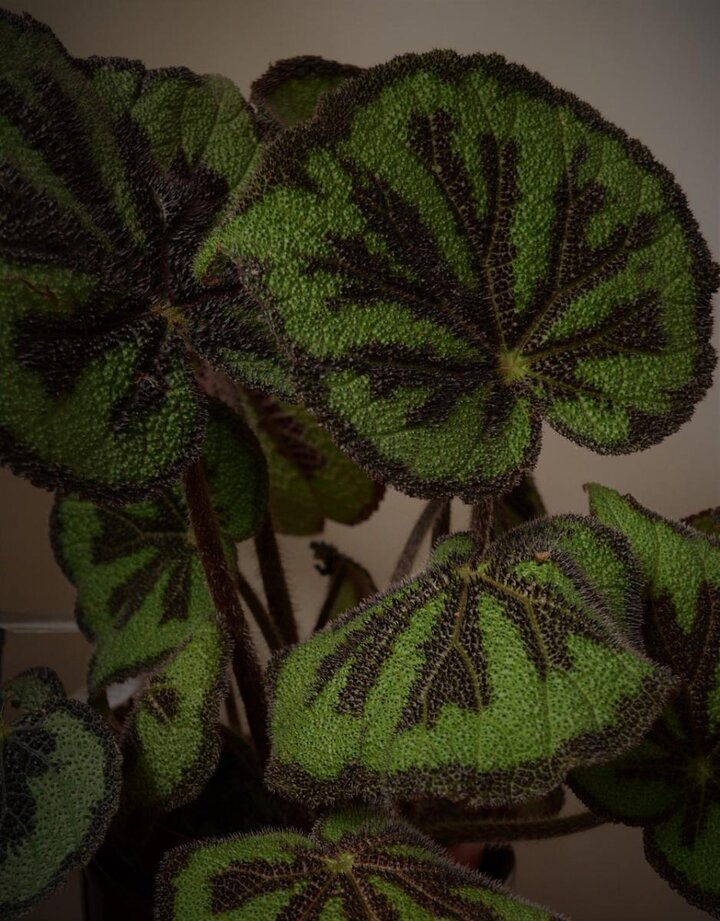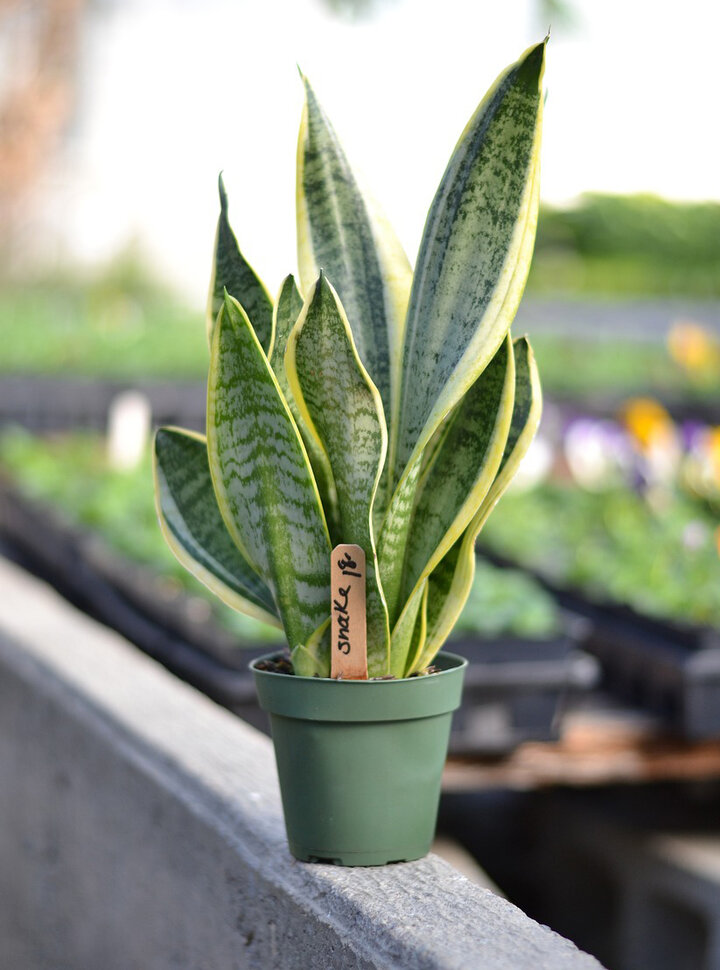Sarah Browning, Nebraska Extension Educator

Succulents can often be propagated through division or stem cuttings. Image by Pixabay.com.
Home-grown gifts for friends and family may be as close as your windowsill of house plants.
Propagate a plant from one that the recipient has admired, and you'll have a gift that person will prize because it reflects your time and interest, as well as your thoughtfulness.

- Silver inch plant (Tradescantia zebrina),
- Swedish ivy (Plectranthus spp.),
- strawberry begonia (Saxifraga stolonifera),
- coleus (Plectranthus scutellarioides),
- piggyback plant (Tolmiea menziesii),
- African violet (Saintpaulia spp.),
- snake plant (Sansevieria trifasciata) and
- spider plant (Chlorphytum comosum).
Successful techniques for these plants include most of the major techniques for home propagation, including division, stem tip cuttings, leaf cuttings and propagation by plantlets. These methods provide quicker results than growing from seed or air layering, the other two common propagation methods. Division or propagating from plantlets is the next-best thing to instant plants.

African violets, many ferns, bromeliads, episcia (flame violets), prayer plant and snake plant are some of those propagated by division. They can be divided either because they tend to develop more than one crown -- the part of the plant at the soil surface where new shoots arise -- or because they send up offshoots or "pups" from their roots.
To divide a plant, simply remove it from the pot and cut through the soil and roots to sever the new crown or offshoot from the parent plant. Cut rather than pull them apart to avoid injuring the plants or failing to provide one plant or the other with sufficient roots to support it. Pot the divisions in an appropriately sized pot, water thoroughly and place them in an area of subdued light for a few days while they adjust and develop some new roots. Then return them to their usual environment and care.

Rooting plantlets that grow on long, trailing stems -- strawberry begonia and spider plant are examples -- is easy, too. Often they will root while still attached to the parent plant. Or they can be removed and then rooted, either by suspending them in water or placing them on top of a moist rooting medium.
The piggyback plant grows the beginnings of new plants on top of old leaves. To root them, fasten the parent leaf to the rooting medium with pins, water and cover with plastic. As the new plant develops, the old leaf will wither away.
Leaf Cuttings
Plants that can be propagated from leaves include African violets, rex begonia and snake plant. The method is a little bit different in each case. To propagate African violets, remove a healthy leaf with about 1 inch of petiole (leaf stem) attached. Insert the petiole in a sterile rooting medium, water and cover with plastic. Pot when roots are numerous.
To propagate rex begonia, remove a leaf from the parent plant and, on the underside, make a crosswise cut in each of the major veins. Then place the leaf on the surface of the moist rooting medium, using hairpins or toothpicks to hold it against the medium. Then cover with plastic. New plants will form in one to three months at each of the slit veins.

Snake plant is propagated by leaf segments. Cut one of the long, narrow leaves from the parent plant crosswise into a number of segments. Insert each segment into moist vermiculite or some other solid rooting medium. Be sure to keep the leaves right side up -- that is, the cut edge that was toward the base of the plant needs to be inserted into the medium. Leaves inserted upside-down won't root. Cuttings are ready for potting when the new shoots are several inches tall.
Stem Cuttings
Stem tip cuttings are used to propagate ivy-like plants. A stem tip cutting is simply a 1- to 4-inch cutting taken from the growing tip of a stem. Remove the shoot just below a leaf, and remove leaves on the lower end of the stem, keeping at least two at the tip. Insert the cut end of the stem in a moist rooting medium, cover with plastic to keep the air around the cutting humid, and set the cutting in a warm spot with subdued light until cuttings are well rooted. This may take as little as a week with plants such as wandering Jew, coleus and Swedish ivy. Then pot in a standard house plant potting mix and care for the plants as usual.
It's a good idea to start several plants, in case one fails to grow. Using a sterile rooting medium -- that is, one free of fungi and other disease-causing organisms -- will improve your chances of success. Commonly used media are sterile potting soil or sand, vermiculite, perlite and plain water.
The Author would like to acknowledge the contribution of Don Janssen, former UNL Extension Educator who authored the first edition of this publication.
All images by Pixabay.com.
- Tradescantia zebrina
- African violet, Saintpaulia ionantha
- Iron cross begonia, Begonia masoniana
- Mother-in-law's tongue, Sansevaria trifasciata